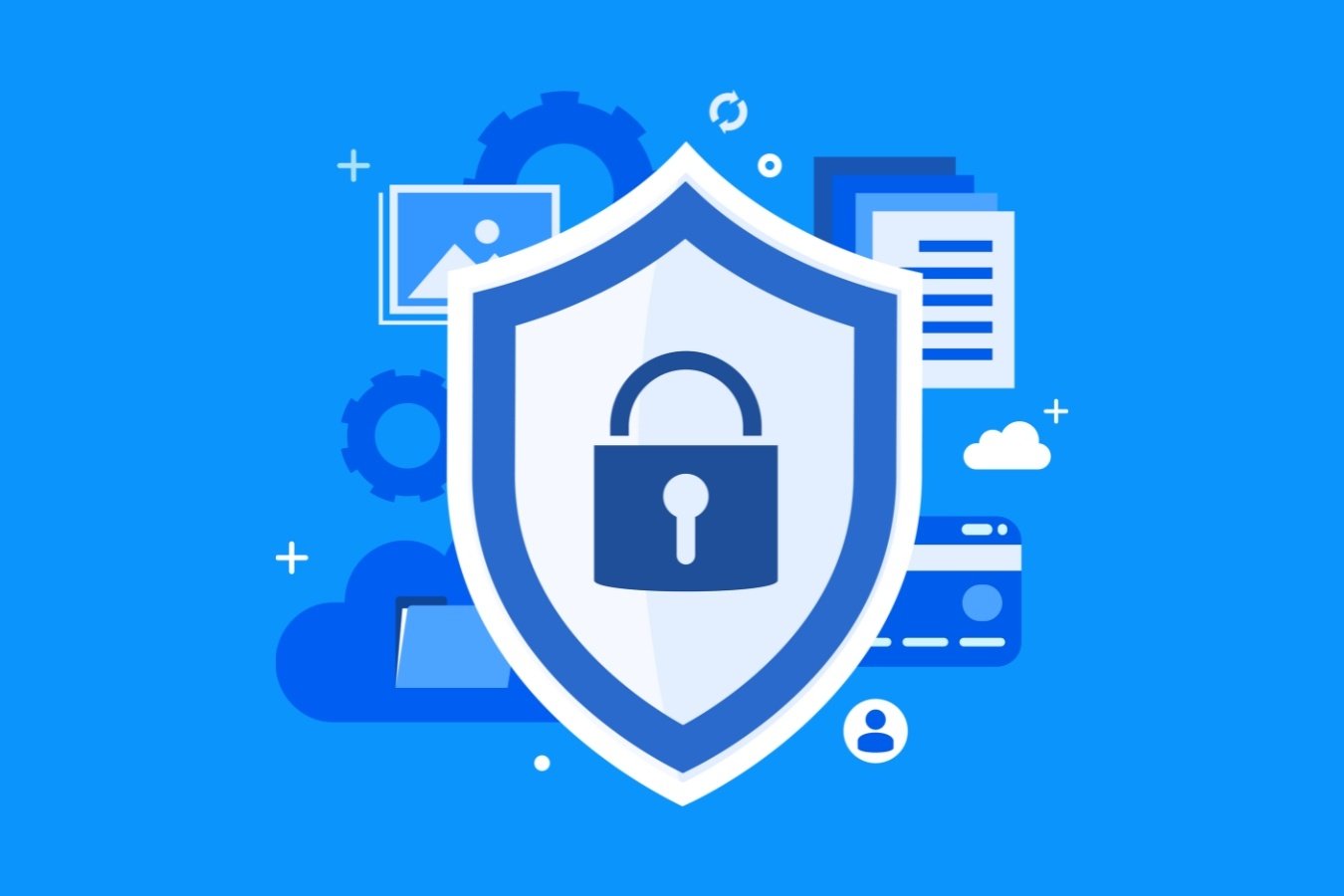1 min read
Cyber Threats 101 for ISPs: Know Your Enemy
The digital realm is a battlefield, and as an Internet Service Provider (ISP), your network is constantly under siege. But to effectively...

In the world of cybersecurity, your network infrastructure is your castle, and a well-built one is essential for protecting your kingdom of data and services. As an Internet Service Provider (ISP), your network is your lifeline, connecting your customers to the digital world. A robust network infrastructure isn’t just about speed and reliability; it’s about security, resilience, and the ability to withstand the continuous barrage of cyber threats.
One of the most effective strategies for enhancing network security is network segmentation. This involves dividing your network into smaller, isolated segments or subnets. By doing so, you create barriers that limit the lateral movement of attackers within your network. If one segment is compromised, the damage is contained, preventing the attacker from easily spreading to other parts of your network.
Think of it like a medieval castle with multiple layers of walls and gates. Each segment is a separate stronghold, and to breach your entire network, an attacker would need to overcome each barrier individually. This makes it much harder for them to succeed and gives you more time to detect and respond to the intrusion.
IDPS solutions are your network’s watchful guardians. They continuously monitor network traffic, looking for signs of suspicious activity or known attack patterns. When a potential threat is detected, they can either alert your security team for investigation or automatically take action to block the attack. This proactive approach to threat detection and prevention can significantly reduce the risk of a successful intrusion.
Firewalls are the gatekeepers of your network, controlling incoming and outgoing traffic based on predefined security rules. They act as a barrier between your internal network and the external world, preventing unauthorized access and filtering out malicious traffic. By configuring your firewalls with strong access policies and regularly updating them with the latest security patches, you can significantly strengthen your network’s defenses.
Encryption is the process of scrambling data so that it can only be read by authorized parties. When you encrypt data transmitted over your network, you make it unreadable to anyone who might intercept it. This is crucial for protecting sensitive customer information like passwords, credit card numbers, and personal data. Implementing strong encryption protocols, such as Transport Layer Security (TLS) for web traffic, is essential for safeguarding data in transit.
Network Access Control (NAC) solutions act as the bouncer at your network’s exclusive club. They ensure that only authorized devices and users can access your network resources. NAC solutions can enforce security policies, such as requiring devices to have up-to-date antivirus software or to meet specific security configurations, before granting them access. This adds an extra layer of protection by preventing potentially compromised devices from entering your network.
No network is immune to failure. Hardware can malfunction, power outages can occur, and natural disasters can strike. That’s why redundancy and high availability are crucial for ISPs. By having redundant systems and failover mechanisms in place, you ensure that if one component fails another can seamlessly take over, minimizing downtime and ensuring continuous service delivery. This is especially important for critical services like DNS and email, which your customers rely on for their daily operations.
In our next blog post, we’ll dive into proactive threat monitoring and incident response, providing you with the tools and strategies to stay ahead of cyber threats and respond effectively to security incidents.


1 min read
The digital realm is a battlefield, and as an Internet Service Provider (ISP), your network is constantly under siege. But to effectively...

Managing payments plays a huge role in any ISP business. Invoicing serves many purposes concerning your customers and your business finances....

A marketing plan is like a GPS but for your business, showing you the best route toward your revenue goals so you can avoid time-consuming detours...